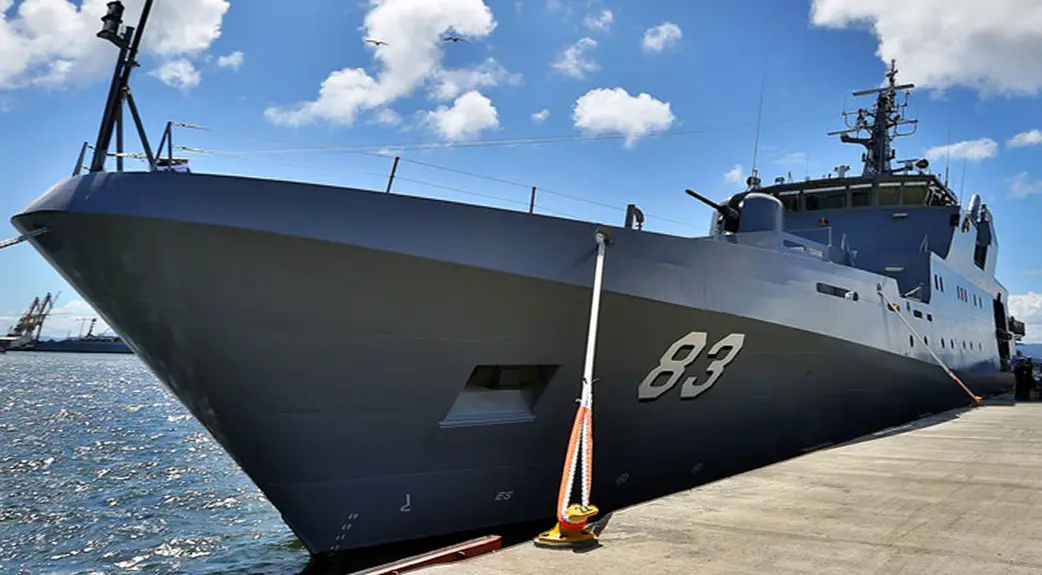The OPV-80 class is a class of offshore patrol vessels that are currently operated by the Chilean Navy and Colombian Navy. The design of the PZM was developed by Fassmer GmbH & Co. KG, a German company to meet the Chilean Navy’s requirements under the Danubio IV project. The contract for ASMAR to build the PZMs was signed on May 20, 2005, with Northrop Grumman, Sisdef (a consortium of BAE Systems and shipbuilder ASMAR) and Rohde & Schwarz participating as main subcontractors at a cost of US$54 million to be commissioned by 2012. The design of the Proyecto Patrulleros de Zona MarÃtima is being promoted by Chile as a common platform for South American navies through the Proyecto Patrullero de Alta Mar Regional (or Regional Offshore Patrol Ship) committee.

Chile was the first country to order two OPV 80s from Fassmer. Colombia ordered three vessels to be built at its COTECMAR shipyard in Cartagena, out of six planned until 2020. These large offshore patrol vessels have exceptional sea-keeping characteristics and are known to have set new standards in many ways. Their advanced hull design makes the vessels fully seagoing and therefore ideal for multi-functional tasks in naval and coast guard missions with a range of more than 10.000 nm and a maximum speed of 23 knots. A functional deck layout features a helicopter landing deck and hangar, a large rescue zone and dedicated space for modular payload. The vessels can be fitted with several weapons and surveillance payloads as well as three interceptor boats and can accommodate up to 100 persons.

Running with its two 4.080 KW engines at 100% MCR, at full load displacement, a maximum speed of 21, 7 knots was measured; 0, 7 knots more than contractually required. In the same way the OPV did fully comply with all other technical requirements. It was especially noted that manoeuvrability, noise and vibration, as well as the EMI were in line or even better than the strict project requirements. Although naval standards have not been applied in general, they have been met in most important aspects. Remarkably, the OPV fulfilled the performance requirements for transit, patrol, naval air operations and weapons and sensor systems according to NATO STANAG 4154, being one of the most capable platforms for helicopter operations of its size.

The OPV80 has been designed to Lloyds Register of Shipping Rules for Ships, with notation for high level of automation (UMS) and will be registered according to Lloyd´s Naval Rules. In the meantime Fassmer has been successful to sell similar OPV´s to the Navies of Argentina and Colombia. The Argentinean Navy plans to build up to 5 OPV 80 within the next few years whereas the Colombian Navy will build one Fassmer OPV 80 at COTECMAR Shipyard. In this case Fassmer has been awarded a contract to supply not only the design but also technical assistance, logistic support and the complete material package. Fassmer offers the well proven OPV 80 including various options such as completely integrated combat systems, stern – launching ramp for high speed boats, PTI / PTO propulsion configuration, Ice-Class, among others.















